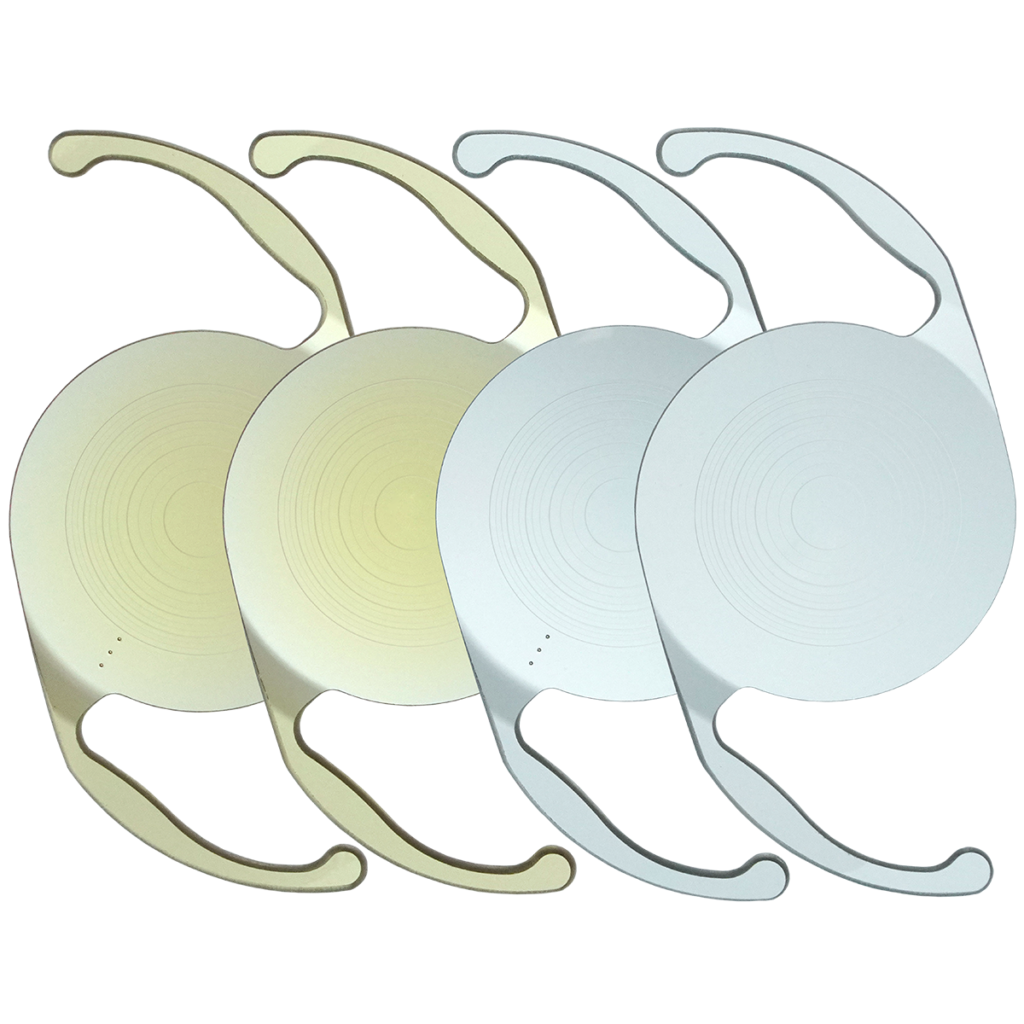
Lens replacement surgery is the only permanent solution for patients with cataracts and there is often confusion regarding the terminology. A cataract is the clouding of the lens in the eye and not a growth, film over the eye, or something that can be removed. Through time, much like a cloudy headlight cover in a car, or lens in a camera, the lens will yellow and get cloudy. The lens cannot be un-yellowed or un-clouded and must be replaced with lens replacement surgery. Cataracts can only be treated by replacing this clouded lens thus, “cataract surgery” is lens replacement surgery.
There are also many ophthalmology terms for lens replacement surgery. The procedure could be called refractive lens exchange, intraocular lens implant, cataract surgery, clear lens exchange, natural lens exchange or presbyopic lens exchange. Don’t be confused, it’s all lens replacement surgery!
Simply, lens replacement surgery involves surgically replacing the eye’s natural lens with an artificial implant, or IOL (intraocular lens). Dr. Horn, at Vision for Life, is an expert in lens replacement surgery and his focus is to educate the ophthalmology industry and his patients on lens replacement surgery. By taking the time to consult with each patient, answer all their questions and advise them on an individualized lens replacement procedure, Dr. Horn ensures each patient has the best overall experience and outcome.

Many practices approach lens replacement in a “cookie cutter” fashion and will implant the same lens in every cataract patient. Vision for Life is on the forefront of intraocular lens (IOL) technology and only after careful consideration, will implant what lens is best for our patient’s lifestyle.
If you want to learn more about lens replacement surgery, please see the common questions below.
Lens replacement surgery is the removal and replacement of a dysfunctional lens with a high-performance intraocular lens implant. This intraocular lens will be measured by Dr. Horn and discussed with each patient, specifically to suit each eye. Conditions that can be treated using lens replacement surgery include reading vision problems, astigmatism, myopia (near sightedness) and hyperopia (farsightedness) or a combination of these problems.
The type of intraocular lens (IOL) implanted will depend on many factors, including the condition being treated and the patient’s lifestyle and visual needs. Vision for Life is at the forefront of the lens replacement evolution with the ability to implant advanced lenses that are available in a wide range of prescriptions and materials for every type of vision correction, including multifocal lenses that can be used for both close-up, mid-range, and distance vision. Other lenses, like Toric lenses, are available to treat astigmatism by altering the shape of the cornea to correct the way the eye focuses light.
To learn more about the types of IOLs, click here.
Lens replacement surgery is an extremely accurate and safe procedure with low complication rates due to modern advancements in technology. The new lens will stay in your eye forever and it’s unlikely your vision will change or that you’ll need further eye surgery.
Lens replacement surgery isn’t just for the treatment of cataracts. Patients who are not eligible for laser eye surgery can look to lens replacement surgery as an effective alternative. This includes individuals with thin corneas, high prescriptions or other complications.
Older patients aged 50+ may choose lens replacement surgery as they are at a higher risk of developing cataracts; by opting for lens replacement, they won’t need to undergo lens replacement surgery in future.
With the advancements in Lens replacement surgery the procedure is safe and fast with little down time.
Lens replacement surgery is carried out using anesthetic eye drops to numb the eye, so you won’t feel any pain during the procedure. The lens replacement takes just 10-15 minutes per eye, and patients can go home the same day.
After the first day or two of your treatment, it is normal to experience some soreness, itching, dryness and mild irritation as the anesthetic wears off, but this will quickly pass. Patient’s vision gradually improves over the first couple of weeks, with optimum vision being reached around 4-6 weeks. Most people return to work around three days after the procedure, so there is no need to worry about a long recovery!
Do you have more questions about lens replacement? If so, please reach out to Vision for Life and we’d be happy to assist.

©Vision for Life, 2025 Accessibility Disclaimer Privacy Policy Privacy Settings Cookie Policy Terms of Service


